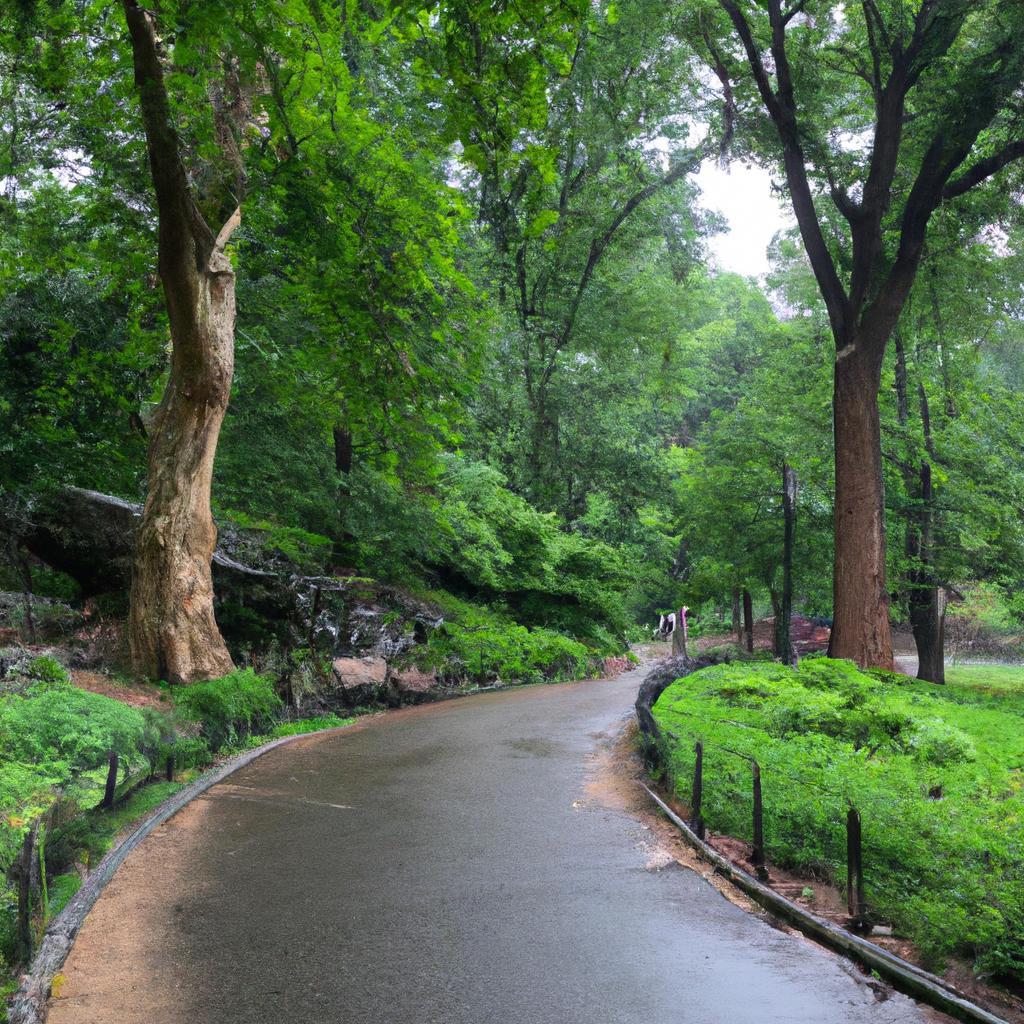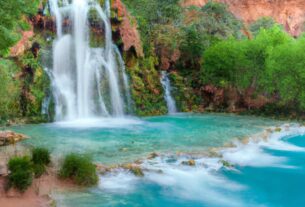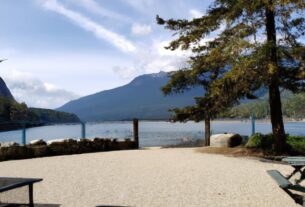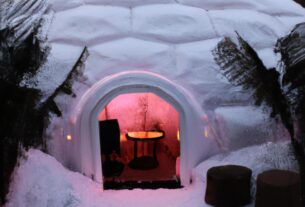Discover the enormity of Central Park and its impact on New York City in terms of size and attractions. Learn about Central Park’s square miles and its significance as an urban oasis.
Central Park is not just your average urban park. It is a sprawling wonderland in the heart of New York City that offers so much more than meets the eye. With its vast greenery, picturesque landscapes, and diverse range of attractions, Central Park has become a beloved destination for both locals and tourists. But what sets this park apart from the rest is its sheer size in terms of square miles. So, let’s dive in and discover the enormity of Central Park and all that it has to offer!
The Immense Size and Significance of Central Park
At 843 acres, Central Park is one of the largest urban parks in the world, spanning over 1.3 square miles. To put it into perspective, this park is larger than some whole towns! Its vastness allows for a multitude of attractions, from the iconic Bethesda Fountain to the Central Park Zoo. But Central Park’s size isn’t just about offering a variety of experiences; it also provides ample space for exploration and adventure, giving visitors a sense of freedom and discovery.
Central Park’s size extends its impact beyond the boundaries of the park itself. As the lungs of New York City, this expansive green oasis provides a much-needed respite from the hustle and bustle of city life. It serves as a place where both locals and visitors can escape the concrete jungle and immerse themselves in nature. Moreover, Central Park plays a significant role in New York City’s economy, attracting millions of visitors each year and generating billions of dollars in revenue.
Unveiling the History of Central Park
To fully appreciate Central Park’s grandeur, it’s essential to delve into its history. Born out of the need for public green spaces in the rapidly expanding New York City of the mid-19th century, Central Park became the first landscaped public park in the United States. It was a groundbreaking achievement in urban planning. The park’s construction began in 1858 and took over 20 years to complete, officially opening to the public in 1876.
Frederick Law Olmsted and Calvert Vaux, two visionary landscape architects, won a design competition with their “Greensward Plan” and were entrusted with the task of bringing Central Park to life. They transformed over 700 acres of land in the center of Manhattan into a natural paradise, facing funding issues, political opposition, and logistical challenges along the way. Despite these obstacles, Central Park continued to grow and evolve, with new features and attractions being added throughout the years.
Central Park: A Cultural Landmark and Urban Oasis
Central Park isn’t just a park; it’s an integral part of New York City’s identity and culture. It has served as the backdrop for countless movies, TV shows, and works of literature, making it a symbol of the city’s resilience and vibrant spirit. But Central Park’s impact goes beyond its cultural significance.
Economically, Central Park is a powerhouse. It attracts millions of visitors each year, contributing over $1 billion to New York City’s economy. Not only does it create jobs and stimulate tourism, but it also acts as a catalyst for urban renewal, encouraging development and investment in the surrounding neighborhoods.
Health and wellness are also at the heart of Central Park’s mission. With its extensive network of paths, rolling hills, and scenic waterways, the park offers a haven for outdoor activities such as jogging, biking, yoga, and sports. Spending time in nature has been scientifically proven to reduce stress, improve mood, and enhance overall well-being. Central Park provides a space for residents and visitors alike to prioritize their physical and mental health.
Furthermore, Central Park plays a vital role in the city’s environmental sustainability. It acts as a carbon sink, absorbing carbon dioxide and reducing pollution levels. The park’s diverse flora and fauna create habitats for numerous species, promoting biodiversity in the midst of a bustling metropolis. Additionally, the park’s water bodies serve as vital ecosystems, supporting aquatic life and providing water for the city.
Exploring Central Park’s Vastness
With its extensive size, Central Park offers endless possibilities for exploration and discovery. From historic landmarks to recreational facilities, this park has it all.
One of the park’s iconic landmarks is the Bethesda Fountain, a neoclassical beauty that has become synonymous with Central Park itself. Other notable monuments include the Alice in Wonderland statue, the Belvedere Castle, and the Jackie Onassis Reservoir.
If you’re looking for recreational activities, Central Park has you covered. There are sports fields, playgrounds, and skating rinks for those seeking a bit of action. Families with young children will enjoy a visit to the Central Park Zoo, while those seeking a peaceful escape can find solace in the Conservatory Garden.
Central Park is also a haven for nature enthusiasts. With over 170 species of birds, the park is a birdwatcher’s paradise. Spotting turtles, squirrels, and other small animals is a common occurrence as you explore the park’s wooded areas.
To make the most of your visit, it’s essential to plan efficiently. Starting early in the day is a great way to beat the crowds, and comfortable walking shoes are a must. Using a map to chart your course beforehand will help you navigate the park with ease.
Central Park: A Testament to New York City’s Resilience
In conclusion, Central Park’s vast size is not just for show. It plays a crucial role in shaping New York City’s landscape, economy, and well-being. This urban oasis offers a place of serenity amidst the chaos, providing a natural respite for millions of people each year. So, the next time you find yourself in the heart of Manhattan, take a moment to appreciate the enormity of Central Park and all that it represents.
Join us at TooLacks for more exciting articles, news, and insights about nature, gardening, and animals. Central Park is just the beginning of our journey into the wonders of the natural world. Click here to explore more!



